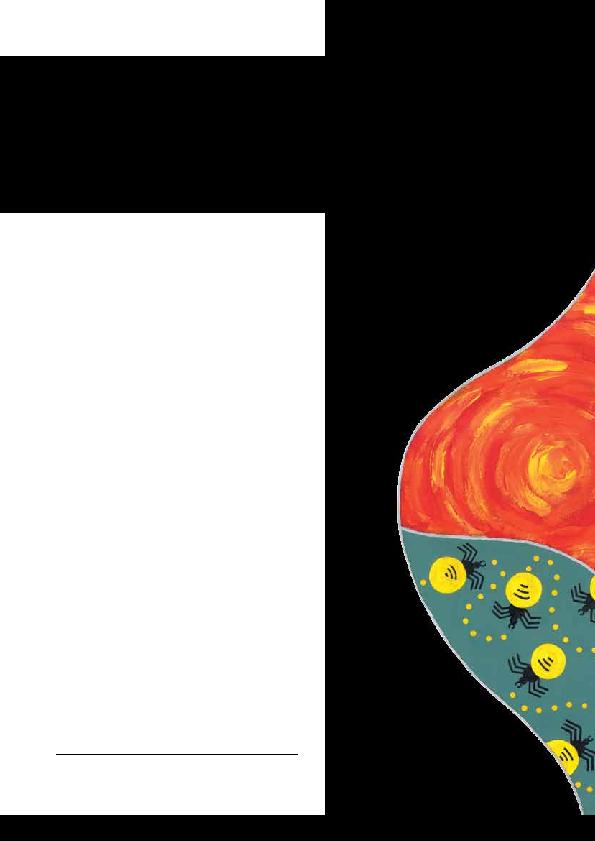
of the Victorian prison population. They are
currently being incarcerated at a much higher rate
than both non-Koori women and Koori men.
grown up experiencing family violence, sexual
abuse and intergenerational trauma. A significant
number were removed from their families as
children and placed in out-of-home care. Mental
illness including anxiety, depression and post-
traumatic stress disorder and drug and alcohol
dependence are widespread among this group.
police for property offences, they are most likely to be
imprisoned for robbery, burglary and assault.
women. A failure to pay these fines or to comply with
their conditions can eventually lead to imprisonment.
across nearly every part of their lives. This is also
reflected in their contact with the justice system.
Koories are significantly more likely to come
into contact with police than non-Koori men and
women. Community members told us that the
over-representation is a result of not just higher
offending rates but also bias (unintentional or
otherwise) in the way our justice system responds
to Koori women. This reflects previous findings
by the Royal Commission into Aboriginal Deaths
in Custody that exposed how discrimination and
disadvantage drives over-representation.
established in Victoria for Koori men and other
groups, there is a lack of investment in prevention
and diversion options for Koori women.
be imprisoned again. As our research found, many
women end up "churning" through the system on
multiple occasions, often for relatively short periods
of time.
State of Victoria, Corrections Victoria, `Indigenous
Offenders and Prisoners Data Report to the July 2013 AJF'
(Presentation to Aboriginal Justice Forum, 18-19 July 2013).